Modern Egypt’s ancient roots can be traced back 5,000+ years.
Egyptian hieroglyphics confirm the history-documenting, story-telling commitments and propensities of its speakers. The location of the ancient world’s most comprehensive library in Alexandria, Egypt, gives evidence of the advanced culture’s commitment to facts.
The preservation of one of the world’s oldest known Cinderella stories is an example of the ancient culture’s respect for aesthetics. Egypt’s Cinderella story juxtaposes fable and fact to introduce fairy tale as history, and vice versa, within Egypt’s folkloric literature.
The Egyptian Cinderella story makes unforgettable impacts in recording the marriage of Pharaoh Amasis (Dynasty XXVI, 570 – 526 B.C.), for love, not by pre-arrangement, with fable-teller Aesop’s friend, Rhodopis of the rose-red slippers.


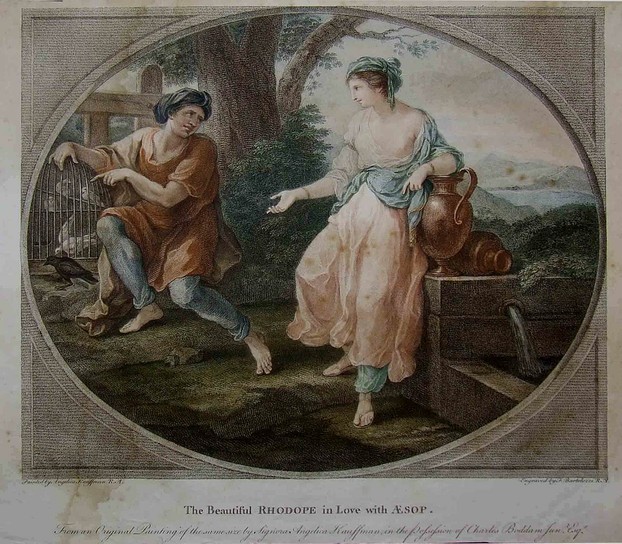
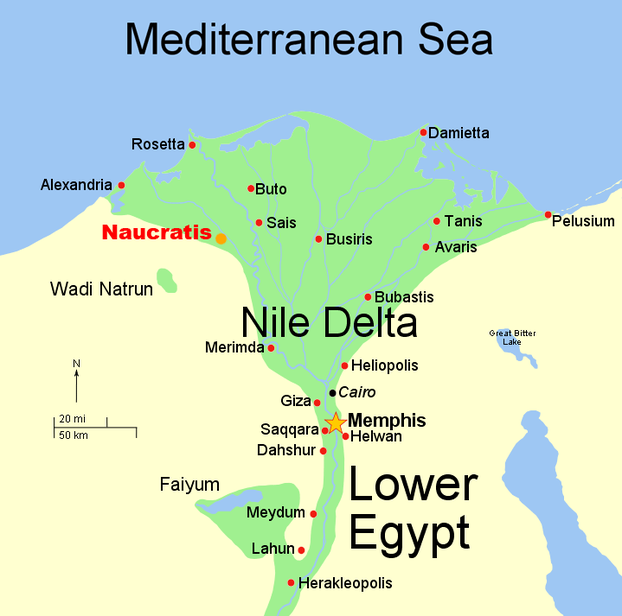
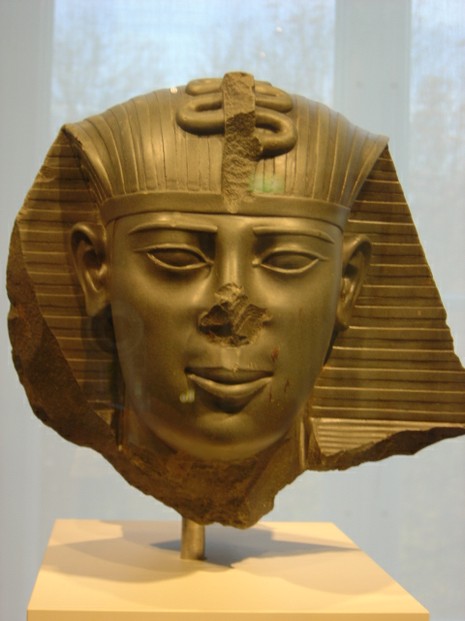
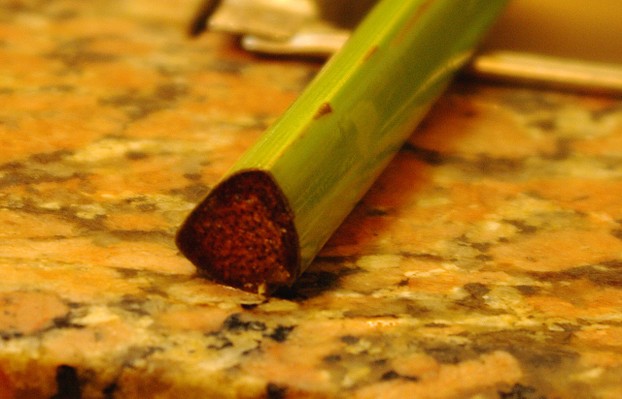




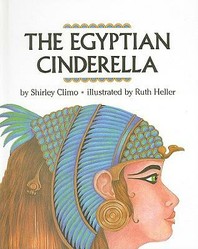

 Are Hawaiian Huakai Po Nightmarchers Avenging Halloween Thursday?on 10/02/2024
Are Hawaiian Huakai Po Nightmarchers Avenging Halloween Thursday?on 10/02/2024
 Mailing Addresses for 2023 Form 4868 Extending 1040 and 1040SR April 15, 2024, Due Dateon 04/15/2024
Mailing Addresses for 2023 Form 4868 Extending 1040 and 1040SR April 15, 2024, Due Dateon 04/15/2024
 Mailing Addresses for 2023 Forms 1040 and 1040SR Filed in 2024on 04/15/2024
Mailing Addresses for 2023 Forms 1040 and 1040SR Filed in 2024on 04/15/2024
 Mailing Addresses for 2022 Form 4868 Extending 1040 and 1040SR April 18, 2023, Due Dateon 04/13/2023
Mailing Addresses for 2022 Form 4868 Extending 1040 and 1040SR April 18, 2023, Due Dateon 04/13/2023

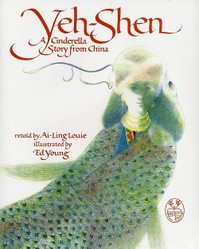
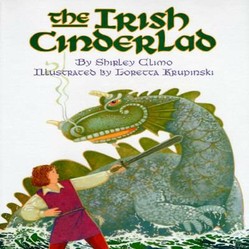
Comments